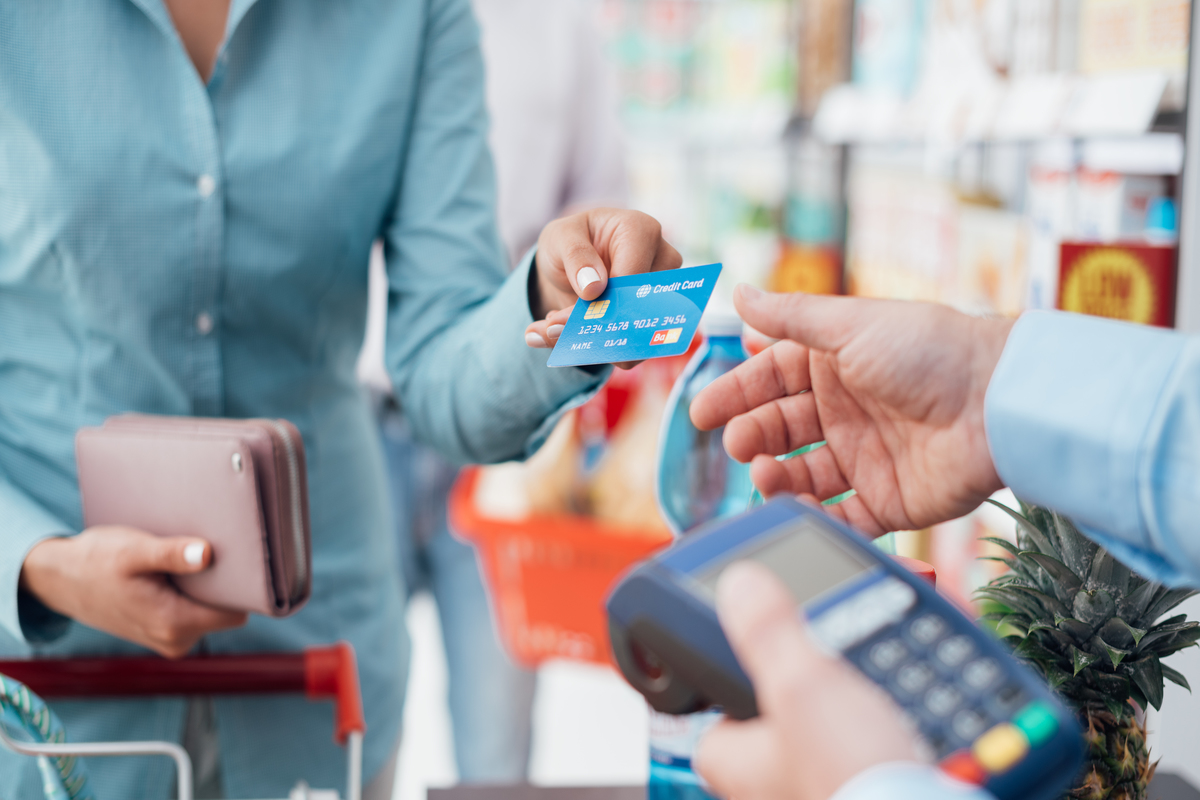Dear visitor,
You're reading 1 of your 3 free news articles this quarter
Register with us for free to get unlimited news, dedicated newsletters, and access to 5 exclusive Premium articles designed to help you stay in the know.
Join the UK's leading credit and lending community in less than 60 seconds.
Consumer credit card spending above 2019 levels
The average spend in the UK continued to increase compared to 2020, according to the latest research from data analytics company FICO.

Senior Journalist, covering the Credit Strategy and Turnaround, Restructuring & Insolvency News brands.
As the UK was just beginning to come out of lockdown in June 2020, this spending rise is unsurprising - with average spending 3.5% above 2019 levels. This suggests that, for those who have been able to save through the pandemic, there is confidence in their future financial stability.
However, the percentage of accounts missing payments reflects the fact that not everyone has been able to accrue savings during the last 18 months.
The average spend on UK credit cards increased year-on-year for the fourth consecutive month, going up by £40 to £691 - which is a larger increase than seen in May. Additionally, it exceeds the June 2019 spend by £23, with the sunny weather and the Euro 2020 likely to have contributed to this uptick.
Average card balances marginally increased month-on-month. They were 4% lower than a year ago and 12% below June 2019 levels, suggesting that households are trying to manage their spending in the face of a still uncertain future.
The growth in the payments-to-balance ratio, meanwhile, started to slow in June 2021 - increasing by 2.5% month-on-month. Year-on-year it’s 45% higher, although that is unsurprising as some businesses were still arranging furlough and loan support in June 2020.
However, it’s 18% above June 2019 levels, suggesting the use of savings as well as continued government support. The percentage of accounts paying the full balance stabilised in June and was 16% higher than at the same time last year. And, while the percentage of accounts paying the minimum payment increased by 3% in June, the proportion is still 11% below that seen in June 2019.
As for the percentage of accounts missing one payment, this increased in May - with a proportion of these unable to make a payment in June. This resulted in a 15% increase in the percentage of accounts missing two payments and a 9% increase in their balance compared to total balance.
Cash as a percentage of total spend, meanwhile, fell month-on-month and was 8% lower than a year ago and 37% lower than June 2019, which highlights the change in attitudes towards cash.
And, while the percentage of consumers using cash on their credit cards increased for the third consecutive month, it’s 16% lower than June 2020 and 62% lower than June 2019.
Moving forward, FICO expects its July data to reflect the initial impact of the last stage of the re-opening of high-risk retail and entertainment sectors, as well as the start of the school holidays. It’s also expected that spending will continue to increase, although levels may not be as high as anticipated because of the ongoing confusion around foreign travel rules.
Higher levels of savings may also continue to blur the picture of those negatively impacted by the winding down of the furlough scheme and further business closures.
Stay up-to-date with the latest articles from the Credit Strategy team
Get the latest industry news






